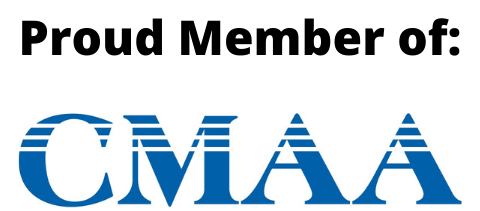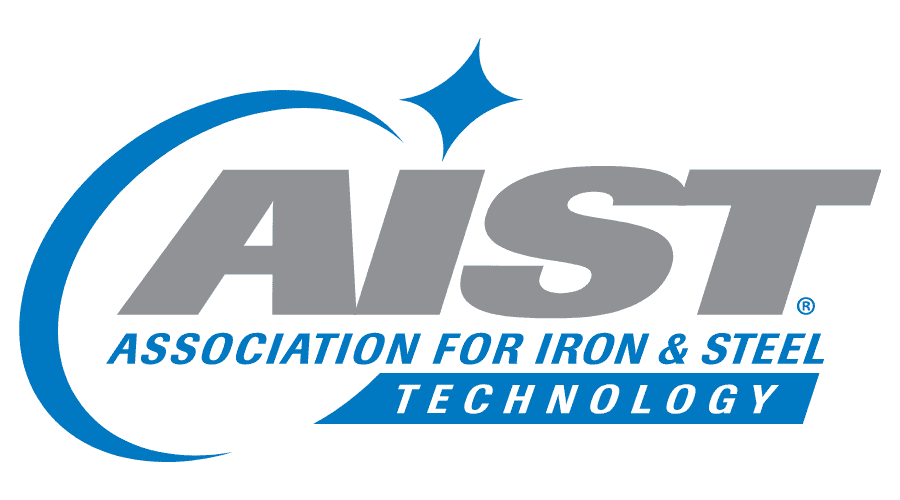Building Blocks for Successful Construction Management: Exploring Project Delivery Methods
As experienced construction managers retire, it's vital to attract and educate quality professionals. VPO's AEC 101 series helps your team succeed. Learn about project delivery methods!
When it comes to managing construction projects, choosing the right method for project delivery is crucial for success. Each method offers unique advantages and challenges, and understanding them all can help project owners, managers, and stakeholders make informed decisions.
In conversation with VPO, construction project management expert Dominick DeSalvo helps new construction managers explore some common project delivery methods and their key characteristics. This article is part of our series, AEC 101: Building Blocks for Successful Construction Management. VPO partner Dominick DeSalvo, an accomplished Senior Executive, Advisor, and thought leader with more than 50 years of success across construction, building materials, and engineering industries, generously shares his vast knowledge and experience with folks who are new to construction management.
This article is part of our series, AEC 101: Building Blocks for Successful Construction Management. VPO partner Dominick DeSalvo, an accomplished Senior Executive, Advisor, and thought leader with more than 50 years of success across construction, building materials, and engineering industries, generously shares his vast knowledge and experience with folks who are new to construction management.
"I do a lot of training at this point in my career because I'm trying to pass on some of the lessons I've learned," says DeSalvo. "My attitude is: there's no sense in your making the same mistakes I did. It's just that simple. I tell everybody that this isn't rocket science, but it is a complicated business and there's a lot of moving parts--and they all have to fit together. I'm here to help."
Table of Contents
1. Design-Bid-Build (DBB)
The traditional approach, Design-Bid-Build, involves three sequential phases: design, bidding, and construction. The owner contracts separately with a designer and a contractor. This method is straightforward and widely used, especially in the public sector. However, it can lead to longer project timelines, and potential conflicts between the designer and contractor.
2. Construction Manager at Risk (CMAR)
In CMAR, the construction manager acts as a consultant during the design phase and then as a contractor during the construction phase. The construction manager guarantees the project cost, which provides the owner with a higher level of cost control. This method fosters collaboration between the owner, designer, and construction manager, reducing the risk of cost overruns and delays.
3. Design-Build (DB)
Design-Build is a more integrated approach where the owner contracts with a single entity who’s responsible for both design and construction. This method promotes collaboration, and can lead to faster project completion and cost savings. However, it requires the owner to relinquish some control over the design process.
4. Integrated Project Delivery (IPD)
IPD is a collaborative approach that involves all key project stakeholders--including the owner, designer, contractor, and subcontractors--working together from the project's inception. This method emphasizes shared risk and reward, fostering a high level of collaboration and innovation. IPD can lead to improved project outcomes, but requires a strong commitment to teamwork and communication.
5. Engineering, Procurement & Construction (EPC)
EPC, also known as turnkey contracting, involves a single entity responsible for engineering, procurement, and construction. This method is commonly used in large-scale industrial projects. EPC provides the owner with a single point of responsibility, which can simplify project management and reduce risks. However, it requires a high level of trust in the contractor's capabilities.
6. Job Order Contracting (JOC)
JOC is a method used for smaller, repetitive projects. It involves a long-term agreement with a contractor, to perform a series of tasks based on pre-established unit prices. This method can streamline the procurement process and reduce administrative costs. However, it may not be suitable for complex or large-scale projects.
Concluding Remarks Choosing the right project delivery method depends on various factors, including project size, complexity, budget, and the owner's level of expertise.
Choosing the right project delivery method depends on various factors, including project size, complexity, budget, and the owner's level of expertise.
By understanding the strengths and weaknesses of each method, project stakeholders can select the approach that best aligns with their goals, and ensures successful project delivery.
Liked this post? It’s part of VPO's series, AEC 101: Building Blocks for Successful Construction Management. VPO partner Dominick DeSalvo, an accomplished Senior Executive, Advisor, and Thought Leader with more than 50 years of success across construction, building materials, and engineering industries, generously shares his vast knowledge and experience with folks who are new to construction management.
DeSalvo’s broad areas of expertise in architecture, engineering, and construction include project management, contract negotiation, cost control, procurement, training, and operations management. Having earned the degree of Bachelor of Science in Civil and Environmental Engineering from Clarkson University, Dominick serves as Chief Executive Officer & President of DeSalvo Enterprises, Inc., where he works as a Project and Construction Manager on projects ranging from $100K to $1B. He also served as Founder & Chief Operations Officer of D&L, Inc., which ranked among the 100 largest CM Firms for Fee per Engineering News Record (ENR).
We’re glad to offer our readers the opportunity to benefit from Dom’s interest in giving back to our industry by teaching--which includes his 18 years as a Construction Management instructor at Community College of Allegheny County (CCAC).







